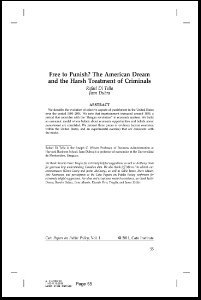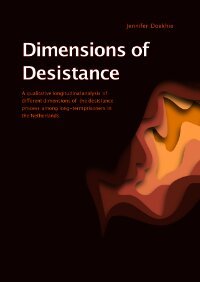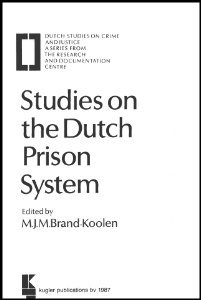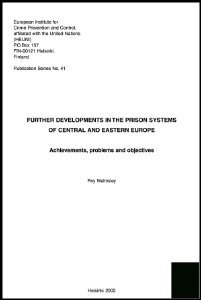Edited by Tom Daems and Luc Robert
This volume explores the role that European institutions have come to play in regulating national prisons systems. The authors introduce and contribute to advancing a new research agenda in international penology (‘Europe in prisons’) which complements the conventional comparative approach (‘prisons in Europe’). The chapters examine the impact – if any – that institutions such as the European Committee for the Prevention of Torture and Inhuman or Degrading Treatment or Punishment and the European Court of Human Rights have had on prison policy throughout Europe. With contributions from a wide range of countries such as Albania, Austria, Belgium, Ireland, Norway and Spain, this edited collection offers a wide-ranging and authoritative guide to the effects of European institutions on prison policy.
Cham: Springer International Publishing , 2017. 333p.





















